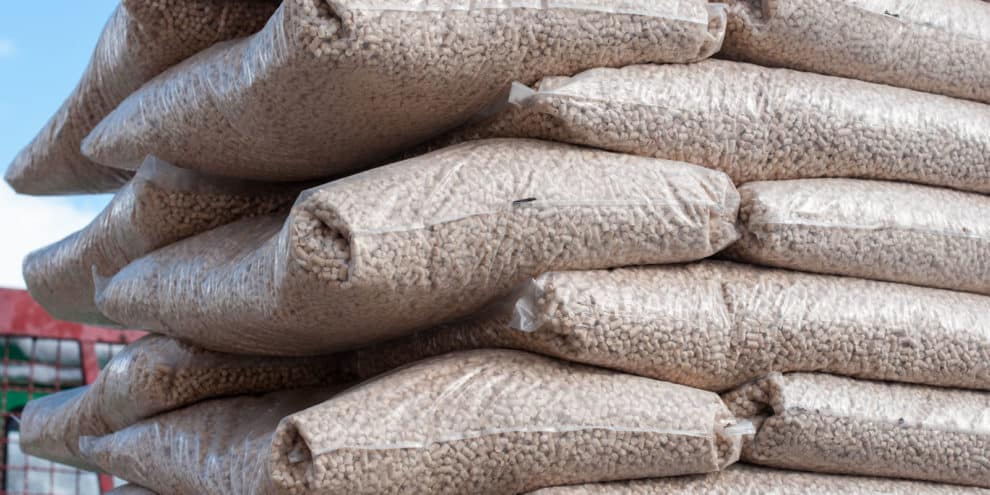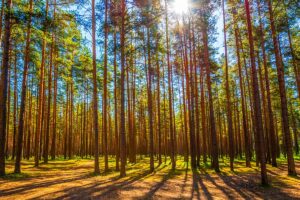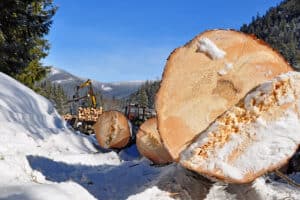The ability to harness forest resources for bioenergy, in its simplest form, is just a match, some kindling, and a few logs away. However, large scale “wood bioenergy” investments – including the production of electricity, biofuels and pellets – assume ready and available access to sustainable supplies of wood raw materials. Unfortunately, wood bioenergy investors and timberland owners suffer from markets clouded by legislative ambiguity, which mandate renewable energy targets while simultaneously discouraging wood bioenergy projects. Today, we muddle three categories of legislative efforts: renewable energy targets, emissions permitting, and wood biomass production.
Renewable Energy Targets
Congress proposed, but did not pass, three national Renewable Electricity Standards (RES) targets since 2009, which require retail electricity suppliers to provide, in most cases, 15% of the electricity they sell from renewable sources by 2021. Meanwhile, Congress mandates the use of renewable biofuels, primarily corn ethanol, through Renewable Fuel Standards (RFS). In other words, we mandate the use of a problematic fuel (i.e. corn ethanol) while avoiding targets achievable with off-the-shelf technology (i.e. biomass co-firing).
Emissions Permitting
Alternate legislation encourages wood bioenergy through regulating the emissions of green house gases (GHG) from energy plants powered by fossil fuels. However, these efforts also proved counterproductive by deterring wood bioenergy. One example is the EPA Tailoring Rule which prescribes thresholds for GHG emissions, including carbon dioxide. While EPA deferred, in January 2011, its GHG permitting requirements for facilities using biomass, it still expects 900 projects per year will ultimately require new permitting due to GHG emissions. According to Forisk analysis funded by the National Alliance for Forest Owners, the Tailoring Rule, if implemented as designed originally in the US, could result in $18 billion fewer dollars of capital investment in renewable electricity generation and 54 million fewer tons of wood biomass consumed per year at renewable energy plants.
Wood Biomass Production
Other legislation promotes woody biomass supplies for energy uses. Consider the Biomass Crop Assistance Program (BCAP), which subsidizes “the establishment and production of eligible crops including wood biomass…for conversion to bioenergy.”
Experience with BCAP indicates that successful implementation depends on accounting for practical challenges that, unaddressed, distort local wood markets. First, large portions of qualifying materials have existing markets. Second, wood markets interrelate. Logging residuals are by-products of standard logging operations and cannot be produced independently of logs. Third, subsidies could cause wood suppliers to divert wood flows. In short, the program creates winners and losers.
Conclusion
Current renewable energy policies send mixed signals. Renewable energy targets encourage bioenergy. Emission permitting slows bioenergy projects. And wood biomass subsidies solve a problem that may not actually exist. How can forest owners and timberland investors encourage consistent, clear public policy efforts? To start, support legislators who align bioenergy policies that provide clarity, consistency and a “level playing field” for forest management and wood markets.
This content may not be used or reproduced in any manner whatsoever, in part or in whole, without written permission of LANDTHINK. Use of this content without permission is a violation of federal copyright law. The articles, posts, comments, opinions and information provided by LANDTHINK are for informational and research purposes only and DOES NOT substitute or coincide with the advice of an attorney, accountant, real estate broker or any other licensed real estate professional. LANDTHINK strongly advises visitors and readers to seek their own professional guidance and advice related to buying, investing in or selling real estate.










Part of the lag is understanding new tech advances, wanting guaranteed returns in a world of uncertainities and variables.